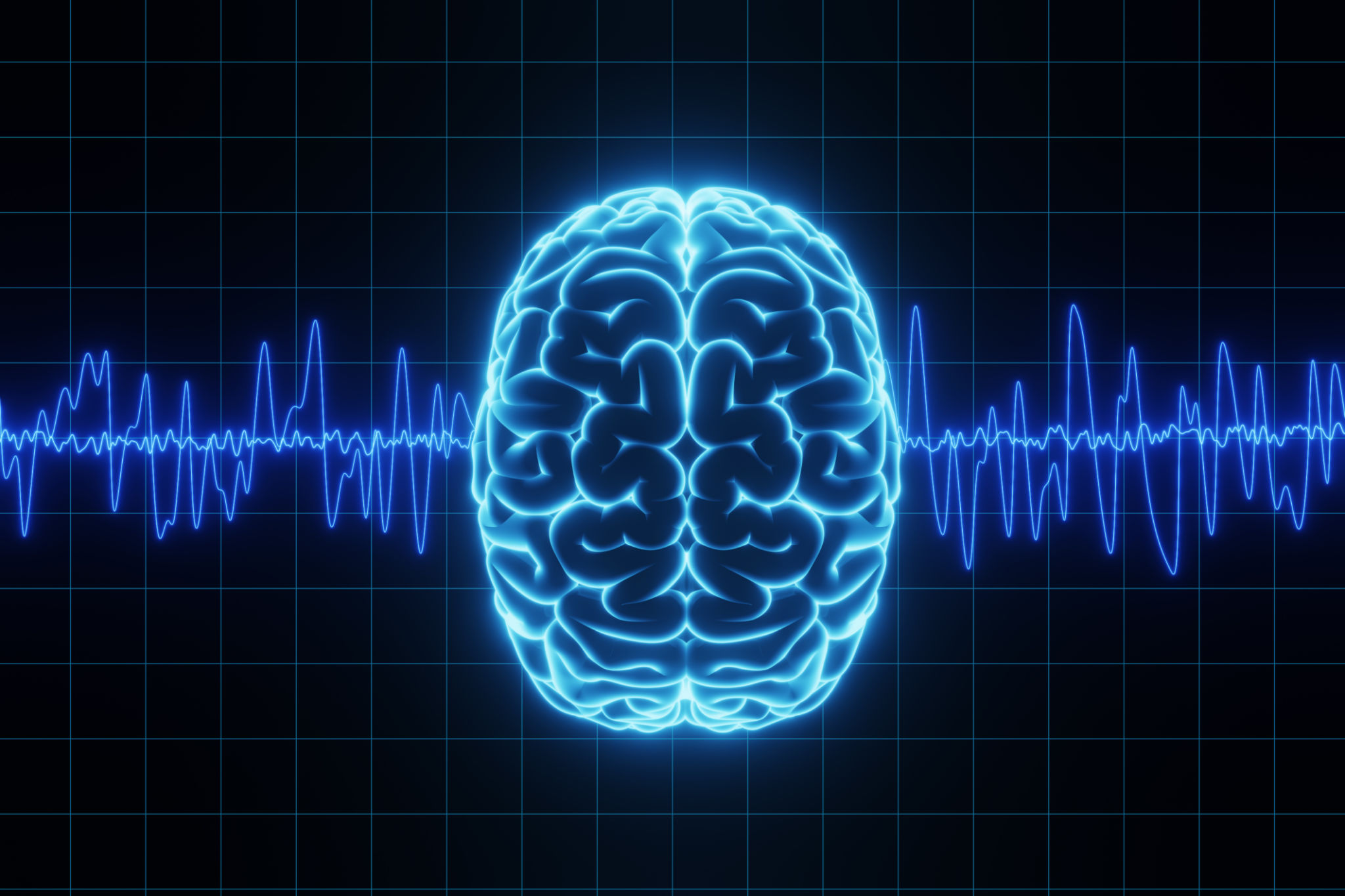How EEG Testing Works: A Step-by-Step Process for Patients in Sugar Land
Understanding EEG Testing
EEG, short for electroencephalogram, is a crucial diagnostic tool used to assess electrical activity in the brain. This non-invasive procedure is often recommended by neurologists to diagnose and monitor conditions such as epilepsy, sleep disorders, and other neurological issues. If you are scheduled for an EEG test in Sugar Land, understanding the step-by-step process can help ease any apprehensions.
The procedure involves placing small electrodes on the scalp to record brain wave patterns. These patterns offer valuable insights into the brain's functioning and can help detect abnormalities. Knowing what to expect during the test can ensure that you are well-prepared and comfortable.

Preparing for Your EEG Test
Preparation is key to ensuring accurate results from an EEG test. Here are some steps you should follow:
- Avoid caffeine for at least 8-12 hours before the test, as it can interfere with the results.
- Follow medication instructions given by your healthcare provider. You may need to stop certain medications prior to the test.
- Wash your hair before the test and avoid using hair products like gels or sprays, which can affect electrode placement.
The EEG Testing Process
The EEG procedure itself is straightforward and painless. Here's what you can expect during the test:
- Electrode Placement: A technician will place small electrodes on your scalp using a special adhesive.
- Recording Brain Activity: Once the electrodes are in place, you will be asked to relax while the machine records your brain activity. This typically takes about 20 to 40 minutes.
- Additional Tests: In some cases, you may be asked to perform specific tasks like deep breathing or looking at flashing lights to provoke certain brain responses.

During the Test
During the EEG test, you will be comfortably seated or lying down. It is important to remain as still as possible to avoid interference with the readings. The technician will be present throughout the procedure to ensure everything goes smoothly and answer any questions you might have.
If needed, you may be asked to stay overnight for a sleep EEG, which monitors brain activity during sleep. This is usually recommended if sleep-related disorders are suspected.
After Your EEG Test
Once the test is complete, the electrodes will be removed, and you can resume normal activities immediately. The results are typically analyzed by a neurologist, who will discuss the findings with you during a follow-up appointment.

The data gathered from the EEG can reveal critical information about your brain's health, helping guide treatment plans and further investigations if necessary. Remember to discuss any concerns with your healthcare provider both before and after the test to ensure all your questions are addressed.
Understanding how an EEG test works and what to expect can significantly reduce any anxiety associated with the procedure. By following these guidelines and preparing adequately, you can help ensure a smooth and successful experience.